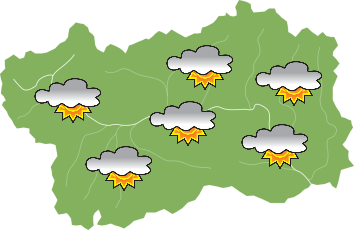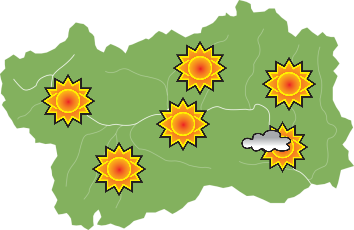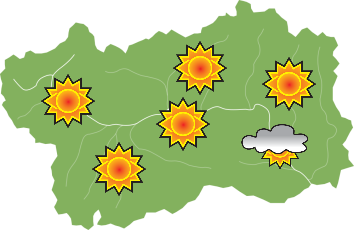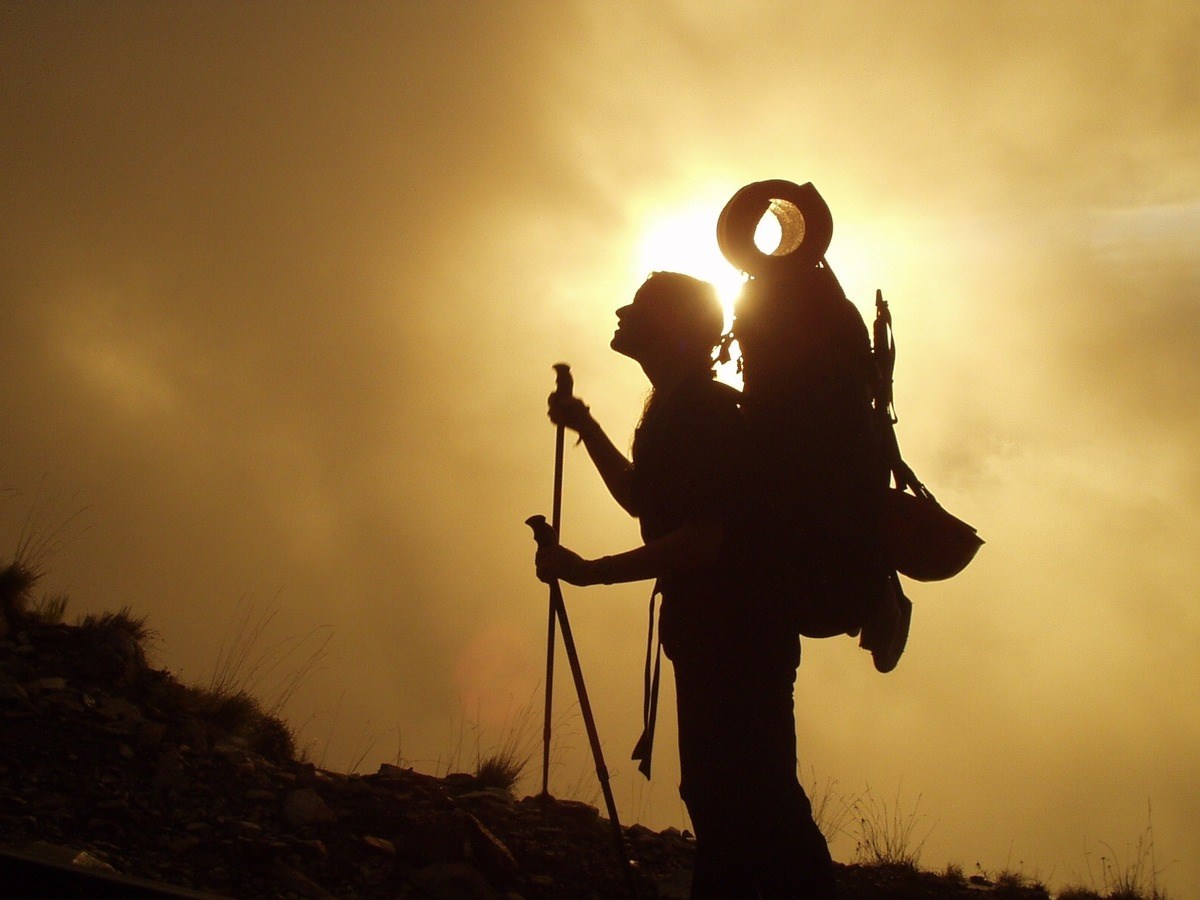Browse
Guides and instructors
Weather forecast
Meteo
Wednesday 17 December


Thursday 18 December


Friday 19 December


Book your Holiday
Tour du Mont-Rose
To make the most of your trekking experience, read the hiker’s tips: useful advice to enjoy the mountains safely.
169.jpg?v=638556839745332218)
-34.jpg?v=638556839748925860)
Trekking in the Walser territory around the Monte Rosa massif
The Tour of Monte Rosa crosses, in Italian territory, the valleys of Gressoney, Ayas and Valtournenche, passing through several Walser settlements, in the presence of Monte Rosa and the Matterhorn. The itinerary, which in some sections exceeds 3,000 m above sea level, is over 150 km long and can usually be covered, from July to September, in approximately 9 days of walking.
The departure and arrival are located in the well-known tourist station of Breuil-Cervinia.
The route takes you to the Teodulo refuge near the hill of the same name, on the border with Swiss territory.
In Switzerland, the itinerary reaches Zermatt, Grächen and Saas Fee, to return to Italy, in Piedmont, from the Monte Moro pass, towards the Anzasca Valley; it then descends to Macugnaga and crosses the Turlo pass arriving in Alagna and then goes back up to the Col d'Olen mountain pass.
From Col d'Olen, a splendid viewpoint over the Valsesia, the route returns to the Aosta Valley and descends towards the Stafal area of Gressoney, crossing the Gabiet valley, where the refuge of the same name stands. It then goes up the Bettaforca hill, passing near the chapel of Sant'Anna, an exceptional panoramic point on the Rosa mountain range, from the Lyskamm to the famous Regina Margherita hut. It then accesses the Val d'Ayas, through the Fourcare valley, in the direction of Résy and the Guide Frachey and G.B. refuges. Ferraro. The path climbs up towards the upper pass of the Cime Bianche, connection point with with the Valtournenche valley and a spectacular viewpoint on the Matterhorn, which appears in all its majesty.
An easy path and a private road lead to the Cime Bianche lake and the Bontadini chapel, from where the route goes back up towards the Teodulo refuge.
Find points of interest on the map:
At the top left, you can choose the wallpaper you prefer:
- "map" showing toponyms and roads
- “satellite” which presents the satellite image of the territory.
At the top right the funnel-shaped symbol allows you to choose points of interest along the route (only for the section in the Valle d'Aosta region) to be displayed on the map.
Click on the funnel again to close the legend.
If you wish to find out more, by clicking on the identified point you can access the corresponding descriptive page.
: Restaurant
: Ski lift
: Post and telegraph services
: Camping
: Bank
: Information point
: Pharmacy
: Doctor
: Food
: Telephone or emergency call
: Bus
: Bed
: Church
Click on the stage number to go to the relevant info file
| Stage | Resort | Altitude | Dir. And. | Time A-B | Dir. Rit. | Time B-A | |||||||||||||
|---|---|---|---|---|---|---|---|---|---|---|---|---|---|---|---|---|---|---|---|
| Del Teodulo Refuge servizi | 3317 | 01:00 | |||||||||||||||||
|
|
|||||||||||||||||||
| Gandegg servizi | 3029 | 00:45 | 04:25 | ||||||||||||||||
|
|
|||||||||||||||||||
| Zermatt servizi | 1616 | 02:50 | |||||||||||||||||
|
|
|||||||||||||||||||
| 03:35 | 05:25 | ||||||||||||||||||
| Zermatt servizi | 1616 | 03:00 | |||||||||||||||||
|
|
|||||||||||||||||||
| Ottawan Täschalpen servizi | 2187 | 03:30 | 03:15 | ||||||||||||||||
|
|
|||||||||||||||||||
| Hutte am Europaweg servizi | 2264 | 03:20 | |||||||||||||||||
|
|
|||||||||||||||||||
| 06:50 | 06:15 | ||||||||||||||||||
| Hutte am Europaweg servizi | 226 | 06:25 | |||||||||||||||||
|
|
|||||||||||||||||||
| Grachen servizi | 1622 | 05:20 | |||||||||||||||||
|
|
|||||||||||||||||||
| 05:20 | 06:25 | ||||||||||||||||||
| Grachen servizi | 1622 | 03:15 | |||||||||||||||||
|
|
|||||||||||||||||||
| Balfrinalp servizi | 2100 | 03:45 | 00:20 | ||||||||||||||||
|
|
|||||||||||||||||||
| Lammugrabe servizi | 2329 | 00:30 | 02:50 | ||||||||||||||||
|
|
|||||||||||||||||||
| Sass-Fee servizi | 1803 | 02:30 | |||||||||||||||||
|
|
|||||||||||||||||||
| 06:45 | 06:25 | ||||||||||||||||||
| Sass-Fee servizi | 1803 | 01:00 | |||||||||||||||||
|
|
|||||||||||||||||||
| Sass Almagell servizi | 1673 | 00:50 | 03:00 | ||||||||||||||||
|
|
|||||||||||||||||||
| Monte Moropass servizi | 2868 | 05:00 | 04:15 | ||||||||||||||||
|
|
|||||||||||||||||||
| Macugnaga servizi | 1320 | 02:30 | |||||||||||||||||
|
|
|||||||||||||||||||
| 08:20 | 08:15 | ||||||||||||||||||
| Macugnaga servizi | 1320 | 03:30 | |||||||||||||||||
|
|
|||||||||||||||||||
| Colle del Turlo servizi | 2738 | 05:00 | 02:40 | ||||||||||||||||
|
|
|||||||||||||||||||
| Alagna servizi | 1575 | 02:20 | |||||||||||||||||
|
|
|||||||||||||||||||
| 07:20 | 06:10 | ||||||||||||||||||
| Alagna servizi | 1575 | 00:50 | |||||||||||||||||
|
|
|||||||||||||||||||
| Col d'Olen servizi | 1190 | 00:40 | 03:00 | ||||||||||||||||
|
|
|||||||||||||||||||
| Col d'Olen servizi | 2880 | 05:00 | 01:45 | ||||||||||||||||
|
|
|||||||||||||||||||
| Rifugio Gabiet servizi | 2345 | 01:15 | |||||||||||||||||
|
|
|||||||||||||||||||
| 06:55 | 05:35 | ||||||||||||||||||
| Ristoro Sitte servizi | 2345 | 02:00 | |||||||||||||||||
|
|
|||||||||||||||||||
| Passo del Rothorn servizi | 1840 | 01:20 | 01:45 | ||||||||||||||||
|
|
|||||||||||||||||||
| Guide Frachey Refuge servizi | 2672 | 02:50 | 01:40 | ||||||||||||||||
|
|
|||||||||||||||||||
| G.B. Ferraro Refuge servizi | 2066 | 02:30 | |||||||||||||||||
|
|
|||||||||||||||||||
| 06:40 | 05:25 | ||||||||||||||||||
| Pian di Verraz servizi | 2072 | 02:50 | |||||||||||||||||
|
|
|||||||||||||||||||
| Colle Nord Cime Bianche servizi | 2980 | 04:00 | 00:45 | ||||||||||||||||
|
|
|||||||||||||||||||
| Lago Cime Bianche servizi | 2804 | 00:35 | 01:10 | ||||||||||||||||
|
|
|||||||||||||||||||
| Rifugio Teodulo servizi | 3317 | 01:40 | |||||||||||||||||
|
|
|||||||||||||||||||
| 06:15 | 04:45 | ||||||||||||||||||




DSC_5352_Enzo_Massa_Micon.jpg?v=638290817060000000)

